Rank Species | Genus Laurus Higher classification Laurus | |
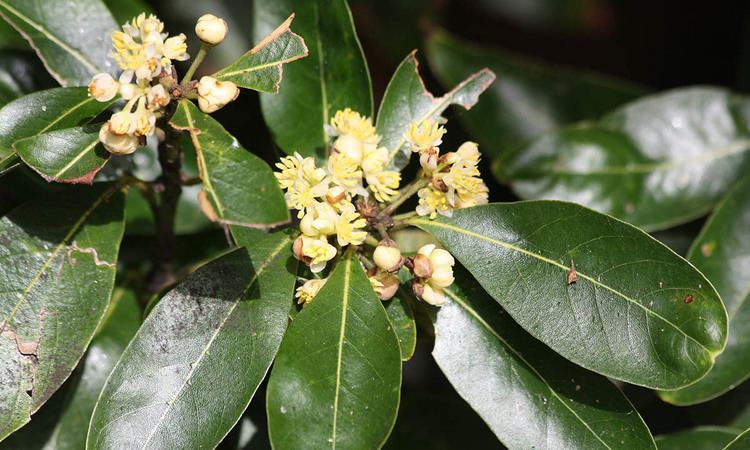 | ||
Similar Laurus, Ocotea foetens, Persea indica, Apollonias barbujana, Ilex canariensis | ||
Laurus novocanariensis is an evergreen large shrub or tree with aromatic, shiny dark-green foliage. belonging to Laurus genus of evergreen trees belonging to the Laurel family, Lauraceae. The genus includes three species, whose diagnostic key characters often overlap. Under favorable conditions it is an impressive tree of 3 to 20 m. tall. It is native of rich soils in the cloud zone of always moist spots in subtropical climate with a high air-humidity, on the Canary and Madeira islands.
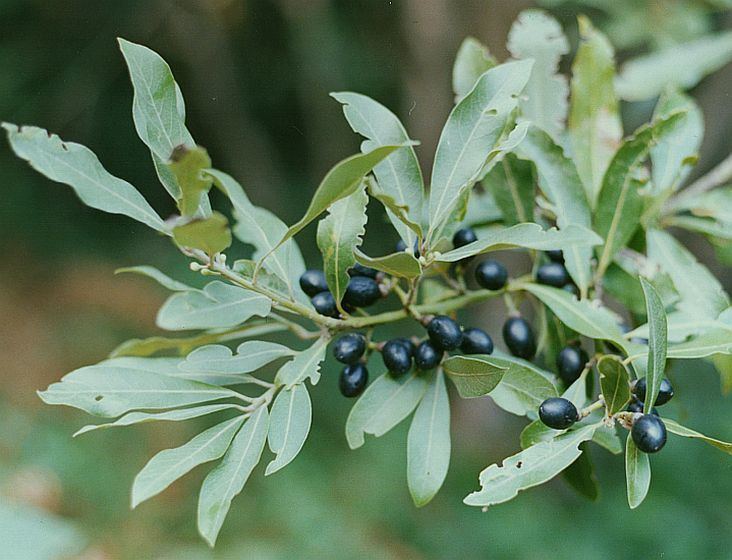
Overview
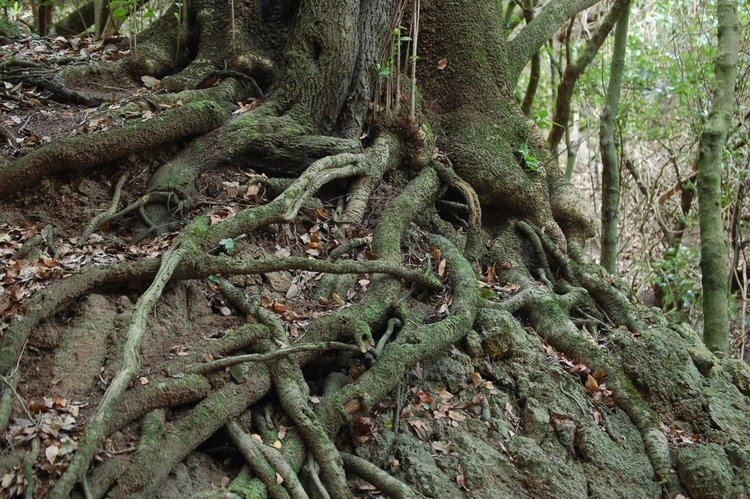
The laurel is dioecious (unisexual), with male and female flowers on separate plants. Each flower is fragrant creamy white flower, about 1 cm diameter, and they are born in pairs beside a leaf. The canary laurel is a vigorous, conical tree.
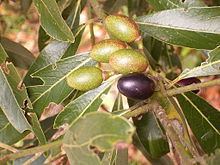
Laurus novocanariensis is a species characteristic of laurel forest named laurisilva in Canary islands. Until 2004 it was considered the same species that Laurus azorica, which is in danger of extinction. We found many differences in genetic, morphological and physiological between them. This is a species endemic of Madeira and Canary Islands, characteristic of the forest of Laurisilva next to Barbusan tree and the Til. One of the most impressive laurel forest can be found on the Canary islands, where it is conserved in the National Park of Garajonay on the island of La Gomera.
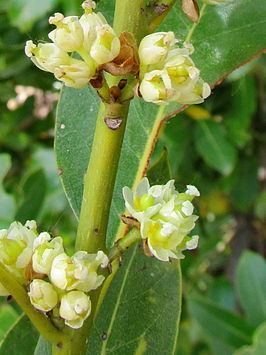
This is a tree up to 20 m in height, which can be distinguished by its lanceolate leaves, which have small glands in the armpits of the spine and the lateral veins. The fruits are ovoid, 1-1.5 cm, and become black when ripe. Evergreen tree that reaches 20 feet tall and highly branched, rather dense canopy, trunk and branches with green to gray, buds are brown.
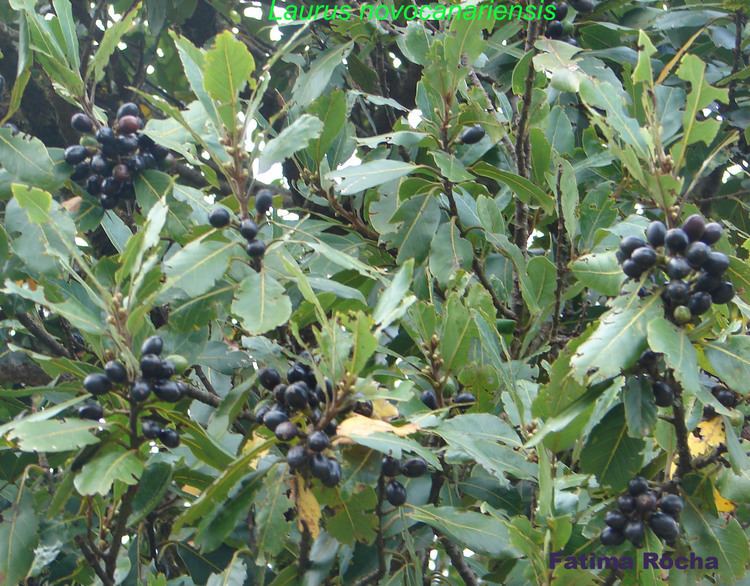
It has fragrant creamy white flowers. It flowers from November to April. The fruit is a berry olive-like seed each. Large, shiny dark green, broadly lanceolate to ovoid leaves. These have a much finer, very exquisite aroma in contrast to the strongly scented leaves of Laurus nobilis. On grounds of a recent taxonomic change Laurus azorica is now restricted to the archipelago of the Azores, whereas former populations of this species from the western Canary islands including Gran Canaria as well as from the Madeira archipelago have been described as a new species, namely Laurus novocanariensis. Easily cultivated in any humus rich, well drained soil in a sunny (winter) to partially shaded (summer) spot. Keep plants slightly drier in winter at a minimum of some 5 °C. Sow small avocado-like seeds in any humus rich, slightly moist soil. Keep at some 20 °C to 20 °C. Germination will start after some 4 to 6 weeks. Keep seedlings cooler, yet frostfree with reduced watering in winter in a sunny spot.
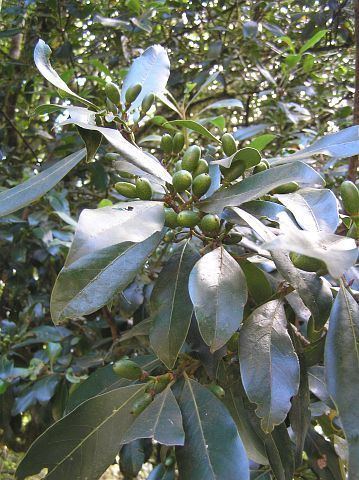
The flower is small, unisexual, yellowish-white, and arranged in axillary crests. The fruit is an ovoid berry, black when mature. Leaves have 5 to 17 cm long, petiolate and alternate. Form available variables: ovate elliptic oblong lanceolate ... and leathery, deep green and glossy, more for the beam on the underside. It is a dioecious species, i.e., individuals female, named locally laurel, whose flowers are bearing fruit, like an olive green to black when ripe, and male specimens, named "loro", whose flowers are characterized by having many stamens but produce no fruit. On Being a dioecious plant need to fertilize seeds to have in the same population male and female specimens.
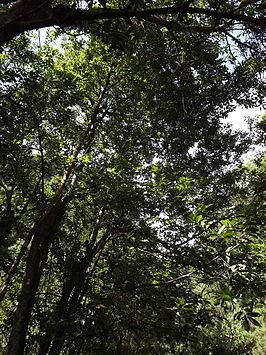
In the trunks of this species is common to find the gall, resulting from the action of a fungus (Laurobasidium specific), also known asMadrelouro.
